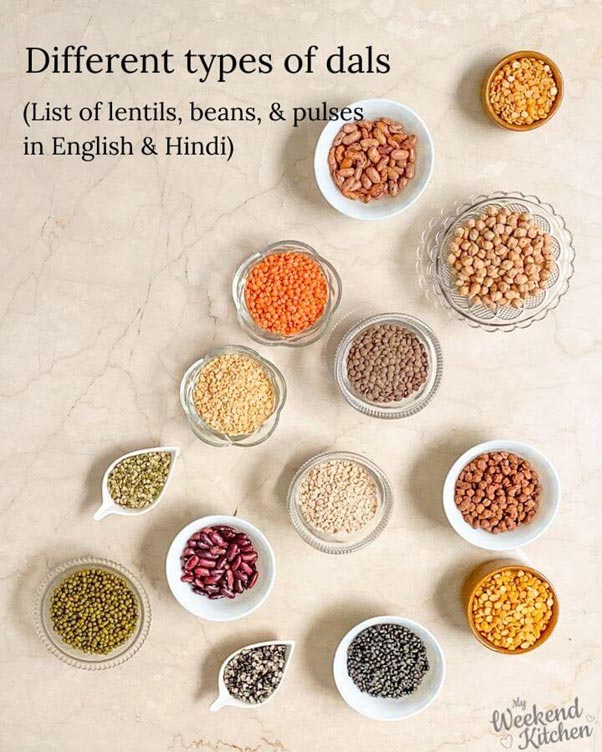Deciding on the healthiest cooking oil to use in your dish isn’t always quite as simple as it seems, because you’ve actually got a good number of options. While most cooking oils have pretty similar nutritional profiles in terms of calorie and total fat content, they do differ considerably when it comes to flavor, odor, and cooking properties. So the best healthy cooking oil for the job really depends on what it is you’re making.
Here’s what we mean by “healthy cooking oils.”
Oils are an important part of a healthy diet because they are a key source of essential fatty acids and vitamin E. Oils are also rich in polyunsaturated and monounsaturated fats, the kinds people mean when they say “healthy fats,” and the kind we’re advised to eat more of (in place of saturated fat). these unsaturated fats are good for cholesterol and blood pressure, and can help reduce the risk of heart disease and stroke.
canola and vegetable oils are still quite rich in unsaturated fats and very low in saturated fat.
Here’s how to choose the healthiest cooking oil based on what you’re making.
The single most important factor when choosing which healthy cooking oil to use is its smoke point. When an oil gets so hot it starts smoking, it starts to taste burnt or bitter. What’s more, “Heating an oil past its unique smoke point can damage or degrade the molecular structure of fatty acids and produce potentially harmful free radicals. In general, the more refined an oil is from its natural state (or “virgin”) an oil is, the higher its smoke point is, and the hotter it can get without degrading. Meanwhile, more virgin or unrefined oils may have more flavour, but they’re more volatile and less able to handle heat.
Frying: opt for an oil with a neutral flavour and a high smoke point, which is typically one above 375 degrees F, because that’s the temperature you usually fry at. Oils with high smoke points include: canola oil, refined olive oil, avocado oil, vegetable oil, safflower oil, and peanut oil.
Baking: Go for a neutral-tasting oil, like canola oil or vegetable oil—something that won’t have too much of an impact on the flavours you’re working with. (On the other hand, some baking recipes are centered around highlighting the flavour of a delicious oil, like olive oil cakes. It all depends on what you’re looking for.)
Sautéing and searing: Choose a more flavourful oil with a lower smoke point. Good options include: canola oil, extra-virgin olive oil, safflower oil, peanut oil, and sesame oil.
Dressing: Here, the most flavourful stuff is always best, and the smoke point doesn’t matter—this is the time to reach for the fanciest extra-virgin olive oil you have.
With that in mind, here is a closer look at commonly used healthy cooking oils, plus suggestions for making the most out of their unique qualities.




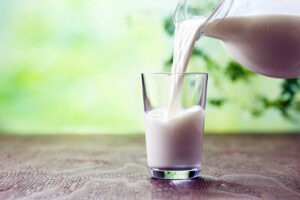
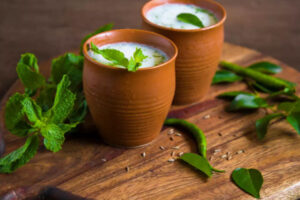 Buttermilk is a popular tasty drink in India and all over Asia. Traditionally it is a by-product of the process of making butter. The buttermilk in hindi has the name chhach. It is the liquid that is left over after you churn out the butter from the cream. You can make this special drink by using simple yoghurt or fresh curd. The companies make them commercially, by adding a bacterial culture to the skimmed milk. They are available in many varieties and tastes. The drink has a slightly sour and acidic taste. You can prepare scones and soda bread using the buttermilk. The chhach is a very healthy drink, which people consume in huge numbers, in the summers. The buttermilk price is very reasonable.
Buttermilk is a popular tasty drink in India and all over Asia. Traditionally it is a by-product of the process of making butter. The buttermilk in hindi has the name chhach. It is the liquid that is left over after you churn out the butter from the cream. You can make this special drink by using simple yoghurt or fresh curd. The companies make them commercially, by adding a bacterial culture to the skimmed milk. They are available in many varieties and tastes. The drink has a slightly sour and acidic taste. You can prepare scones and soda bread using the buttermilk. The chhach is a very healthy drink, which people consume in huge numbers, in the summers. The buttermilk price is very reasonable.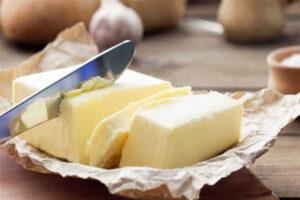 Butter is a high-fat dairy food made purely from churned milk or cream and is typically used as a spread or for pan-frying. However, butter is easy to over-consume and is relatively high in saturated fat. Thus, it is important to stick to recommended serving sizes. Butter contains some nutritional value (vitamins A and D).
Butter is a high-fat dairy food made purely from churned milk or cream and is typically used as a spread or for pan-frying. However, butter is easy to over-consume and is relatively high in saturated fat. Thus, it is important to stick to recommended serving sizes. Butter contains some nutritional value (vitamins A and D). Cheese is delicious, and it is popular throughout the world.
Cheese is delicious, and it is popular throughout the world.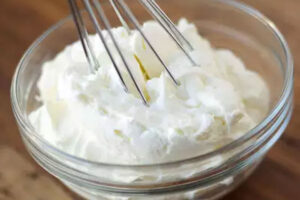 Cream is a high-fat dairy product consisting of the butterfat layer at the top of milk before the milk’s homogenization process. There are several varieties of cream, and the fat percentage can vary between 18% and 55%, depending on the specific type . Like butter, cream provides a reasonable source of fat-soluble vitamins A and D. However, the biggest “positive” has to be the taste. Cream makes just about anything taste better.
Cream is a high-fat dairy product consisting of the butterfat layer at the top of milk before the milk’s homogenization process. There are several varieties of cream, and the fat percentage can vary between 18% and 55%, depending on the specific type . Like butter, cream provides a reasonable source of fat-soluble vitamins A and D. However, the biggest “positive” has to be the taste. Cream makes just about anything taste better.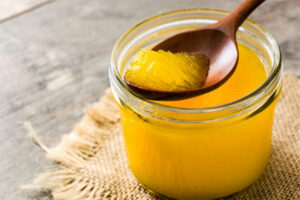 Ghee is a traditional Indian food that has been around for centuries.This particular dairy product is a higher-fat and creamier version of butter and tastes great too.
Ghee is a traditional Indian food that has been around for centuries.This particular dairy product is a higher-fat and creamier version of butter and tastes great too. Yogurt is one of the most popular foods in the world.
Yogurt is one of the most popular foods in the world. ggs are one of the few foods that should be classified as“superfoods.” They are loaded with nutrients, some of which are rare in the modern diet. Here are 9 health benefits of eggs that have been confirmed in human studies Incredibly nutritious
ggs are one of the few foods that should be classified as“superfoods.” They are loaded with nutrients, some of which are rare in the modern diet. Here are 9 health benefits of eggs that have been confirmed in human studies Incredibly nutritious Bread- A nutritious and healthy food.
Bread- A nutritious and healthy food.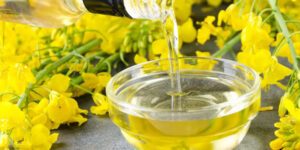 Canola oil sometimes gets a bad rap because it is associated with fried food (Canola oil’s high smoke point of 400 degrees Fahrenheit and neutral flavor indeed makes it an excellent vehicle for frying, but it can also be used for roasting, frying, and baking. Because it has a neutral taste that doesn’t do much for your food in the flavour department, cooks don’t usually recommend using it for sautéing.
Canola oil sometimes gets a bad rap because it is associated with fried food (Canola oil’s high smoke point of 400 degrees Fahrenheit and neutral flavor indeed makes it an excellent vehicle for frying, but it can also be used for roasting, frying, and baking. Because it has a neutral taste that doesn’t do much for your food in the flavour department, cooks don’t usually recommend using it for sautéing.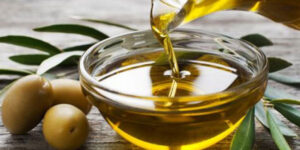 Cold-pressed and positively packed with heart healthy monounsaturated fats, a quality bottle can truly take you on a taste bud adventure. There’s just one catch with extra-virgin (or “first press”) olive oil versus regular olive oil: It has a relatively low smoke point (325 to 375 degrees Fahrenheit). Cooking a good EVOO at high temperatures can mess with both its flavor and nutrition, so save your fancy bottle for drizzling and finishing dishes.
Cold-pressed and positively packed with heart healthy monounsaturated fats, a quality bottle can truly take you on a taste bud adventure. There’s just one catch with extra-virgin (or “first press”) olive oil versus regular olive oil: It has a relatively low smoke point (325 to 375 degrees Fahrenheit). Cooking a good EVOO at high temperatures can mess with both its flavor and nutrition, so save your fancy bottle for drizzling and finishing dishes.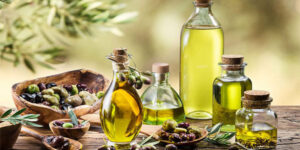 If you love frying things in olive oil (which, like, who doesn’t?) you’ll want to use the more refined stuff instead of EVOO—which is labeled pure olive oil, refined olive oil, or light olive oil. It has a smoke point of 465 degrees Fahrenheit, which stands up well to that heat. Unfortunately, some of its flavor has been filtered out, but that’s the trade-off for being able to use it for heavy-duty cooking.
If you love frying things in olive oil (which, like, who doesn’t?) you’ll want to use the more refined stuff instead of EVOO—which is labeled pure olive oil, refined olive oil, or light olive oil. It has a smoke point of 465 degrees Fahrenheit, which stands up well to that heat. Unfortunately, some of its flavor has been filtered out, but that’s the trade-off for being able to use it for heavy-duty cooking.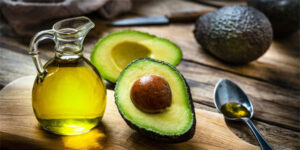 It is packed with heart-healthy monounsaturated fats (almost as much as olive oil) and has a high smoke point (375 to 400 degrees Fahrenheit) and neutral flavor. It’s a bit more expensive than those more processed oils like canola and vegetable, but if you want that high smoke point and don’t mind the splurge, then this is a great alternative.
It is packed with heart-healthy monounsaturated fats (almost as much as olive oil) and has a high smoke point (375 to 400 degrees Fahrenheit) and neutral flavor. It’s a bit more expensive than those more processed oils like canola and vegetable, but if you want that high smoke point and don’t mind the splurge, then this is a great alternative. Vegetable oil is kind of a sister to canola oil. (In fact, it’s often made from a blend of various plant-derived oils, like soybean and canola.) It’s also versatile, chemically processed, neutrally flavored, affordable, and has a similarly high smoke point (400 to 450 degrees Fahrenheit). Again, these characteristics make it good for high-heat cooking.
Vegetable oil is kind of a sister to canola oil. (In fact, it’s often made from a blend of various plant-derived oils, like soybean and canola.) It’s also versatile, chemically processed, neutrally flavored, affordable, and has a similarly high smoke point (400 to 450 degrees Fahrenheit). Again, these characteristics make it good for high-heat cooking.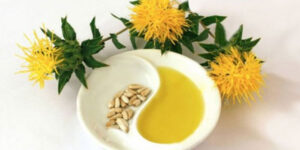 Safflower oil is a less popular but all-around awesome oil. It’s very high in monounsaturated fats and low in saturated fat, and has a neutral flavour and high smoke point. In fact, at 510 degrees Fahrenheit, it has the highest smoke point of all the oils listed. Safflower oil is sold both chemically processed and cold-pressed like olive oil, and either version you opt for will have that same high smoke point.
Safflower oil is a less popular but all-around awesome oil. It’s very high in monounsaturated fats and low in saturated fat, and has a neutral flavour and high smoke point. In fact, at 510 degrees Fahrenheit, it has the highest smoke point of all the oils listed. Safflower oil is sold both chemically processed and cold-pressed like olive oil, and either version you opt for will have that same high smoke point.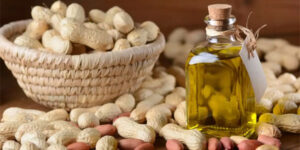 Peanut oil is one of the more flavourful oils out there, with a nice nutty scent and taste. Sasson recommends adding it to peanut butter cookies, or using it in stir – fries . It also has a high smoke point (450 degrees Fahrenheit), so you can even use it to fry foods like tempura. Much like vegetable and canola oil, it’s also chemically processed and low in saturated fat.
Peanut oil is one of the more flavourful oils out there, with a nice nutty scent and taste. Sasson recommends adding it to peanut butter cookies, or using it in stir – fries . It also has a high smoke point (450 degrees Fahrenheit), so you can even use it to fry foods like tempura. Much like vegetable and canola oil, it’s also chemically processed and low in saturated fat.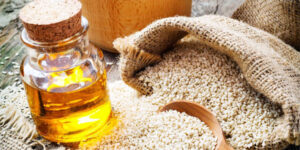 Another highly flavourful oil, a little sesame oil can go a long way . sesame oil adds so much to a dish. It’s commonly called for in Chinese and Japanese cooking. And it’s a great alternative to peanut oil if you have a peanut allergy . And like extra-virgin olive oil, it’s cold-pressed rather than chemically processed. So while it may not have the highest smoke point ever (350 to 410 degrees Fahrenheit), it’s a good flavourful and unrefined option.
Another highly flavourful oil, a little sesame oil can go a long way . sesame oil adds so much to a dish. It’s commonly called for in Chinese and Japanese cooking. And it’s a great alternative to peanut oil if you have a peanut allergy . And like extra-virgin olive oil, it’s cold-pressed rather than chemically processed. So while it may not have the highest smoke point ever (350 to 410 degrees Fahrenheit), it’s a good flavourful and unrefined option.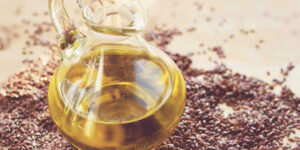 This oil has a couple interesting characteristics: For one, it’s high in omega 3 fatty acids . This one is not for cooking because it’s incredibly sensitive to heat and oxidizes quickly. Instead, use it in salad dressings and drizzle it over dips . Buy small bottles so can use it up quickly, and be extra sure to store it in a cool, dark place.
This oil has a couple interesting characteristics: For one, it’s high in omega 3 fatty acids . This one is not for cooking because it’s incredibly sensitive to heat and oxidizes quickly. Instead, use it in salad dressings and drizzle it over dips . Buy small bottles so can use it up quickly, and be extra sure to store it in a cool, dark place.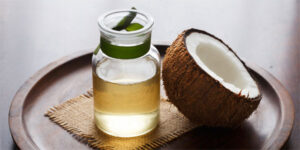 Some people think coconut oil is the healthiest oil ever, but it may not quite be the miracle cream it’s advertised as. Despite its health halo and popularity, it is lower in healthy unsaturated fats than all the other oils on this list. In fact, the dietary guidelines consider coconut oil (along with palm/palm kernel oil) to be a solid fat (like butter) nutritionally speaking, because it is so high in saturated fat and solid (or semisolid) at room temperature.
Some people think coconut oil is the healthiest oil ever, but it may not quite be the miracle cream it’s advertised as. Despite its health halo and popularity, it is lower in healthy unsaturated fats than all the other oils on this list. In fact, the dietary guidelines consider coconut oil (along with palm/palm kernel oil) to be a solid fat (like butter) nutritionally speaking, because it is so high in saturated fat and solid (or semisolid) at room temperature.